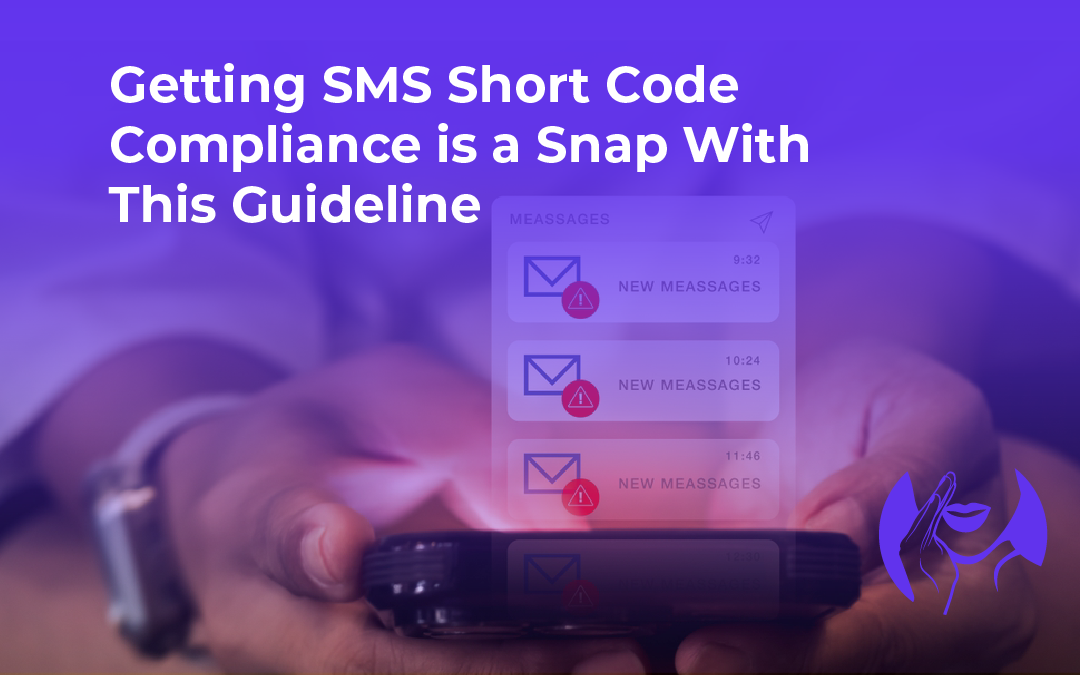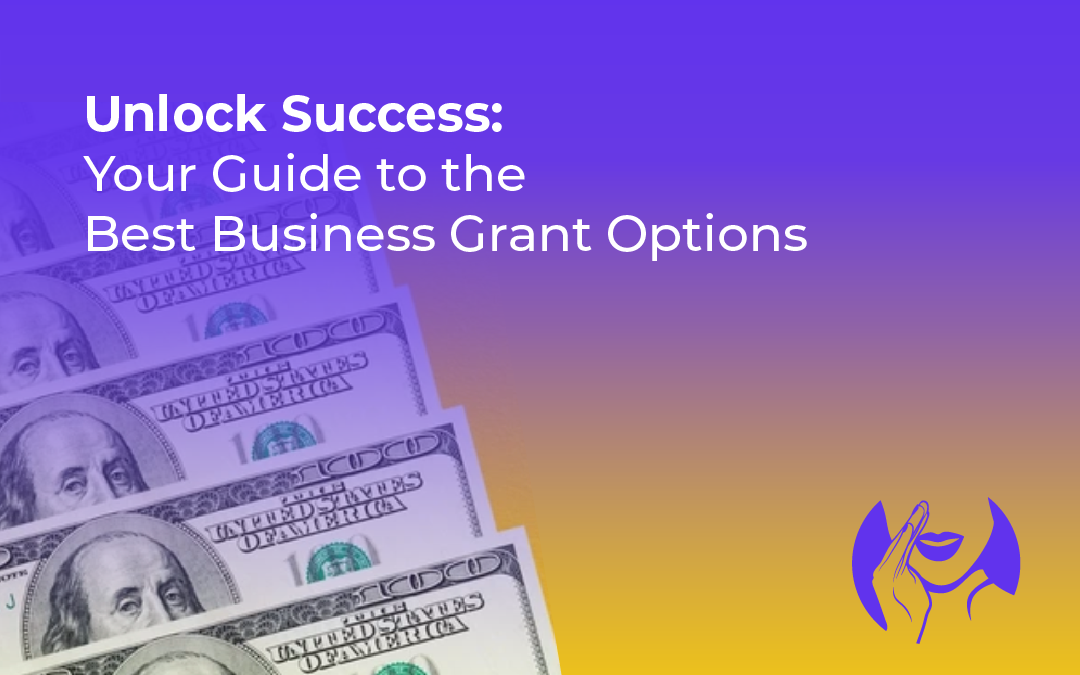The thrill of the hunt is on! You’ve posted the job ad, and the applications are pouring in. You’re now Indiana Jones. Eminent archeologist of the corporate world.
But, let’s be real, most of those applications aren’t the priceless artifacts you’re looking for. So how do you separate the wheat from the chaff, the diamonds from the rough, the cream from the…. Well, you get the idea.
As an HR professional or hiring manager, it’s your job to weed out the bad candidates and find the perfect fit for the role. So you want to know the secret in spotting a truly impressive candidate?
Step 1: Define Your Dream Candidate

Before you start sifting through resumes, you need to know what you’re looking for (the Holy Grail of job candidates). It’s like going on a blind date – you need to have some idea of what your ideal partner looks like, or you’ll end up with a string of disastrous coffee dates.
Think carefully about what this role really requires – is it a good fit for you? When we look for top talent, we’re searching for a rare mix of skills, experience, and that special something – call it charisma, call it sparkle, call it whatever you like. This one element is what separates the achievers from the dreamers. What are the nice-to-haves? So what splits the great from the garbage? Write it all down and create a candidate persona. Just like following the tracing lines of a precious artifact, you’re set to uncover its true value.
The perfect candidate? Boom, you’ve found it – that’s the real prize.
Step 2: Look Beyond the Resume

Resumes are like action-adventure movie trailers – they’re designed to showcase the best bits, but they don’t always tell the whole story. What lies beyond the rehearsed job description and those cookie-cutter applications?
- Phone screens: One casual conversation can expose a lot about a candidate’s charisma, verbal flow, and true personality.
- Assessments: The results are in: skills evaluations and practical tests can pinpoint exactly what a candidate brings to the table, as well as where they need a boost.
- This all-important section has all the proof you need to back up the claims made so far. Don’t be afraid to ask for references or check online reviews to get a sense of the candidate’s work ethic and reputation.
Remember, you’re not just looking for skills – you’re looking for fit. Is this person going to click with your team’s vibe? Can they get in sync with it?
Step 3: Trust Your Instincts (But Not Too Much)

You’ve narrowed it down to a few top contenders, and now it’s time to trust your instincts. Get past those personal blinders and take a fresh look! We need to walk the line between trusting our gut and doing our due diligence, otherwise we risk making choices that are purely emotional or blindly rational.
- Create a scoring system: Develop a standardized evaluation process to ensure fairness and consistency.
- Involve multiple stakeholders: Get input from various team members or departments to minimize bias and maximize buy-in.
- Check for red flags: Don’t ignore those nagging doubts or concerns – investigate and address them before making an offer.
Your instincts are like a GPS – they can guide you, but you still need to follow the map to avoid getting lost.
The Bottom Line
Shortlisting the right candidate is an art that requires patience, persistence, and a healthy dose of humor. By defining your dream candidate — looking beyond the resume, and trusting your instincts (with a dash of objectivity) — you’ll increase your chances of finding the perfect fit for the role.
Here’s to finding the perfect fit – the search starts now! And remember, it’s okay to make mistakes – after all, even the best of us have been on a few disastrous coffee dates. Or a few snake pits.














